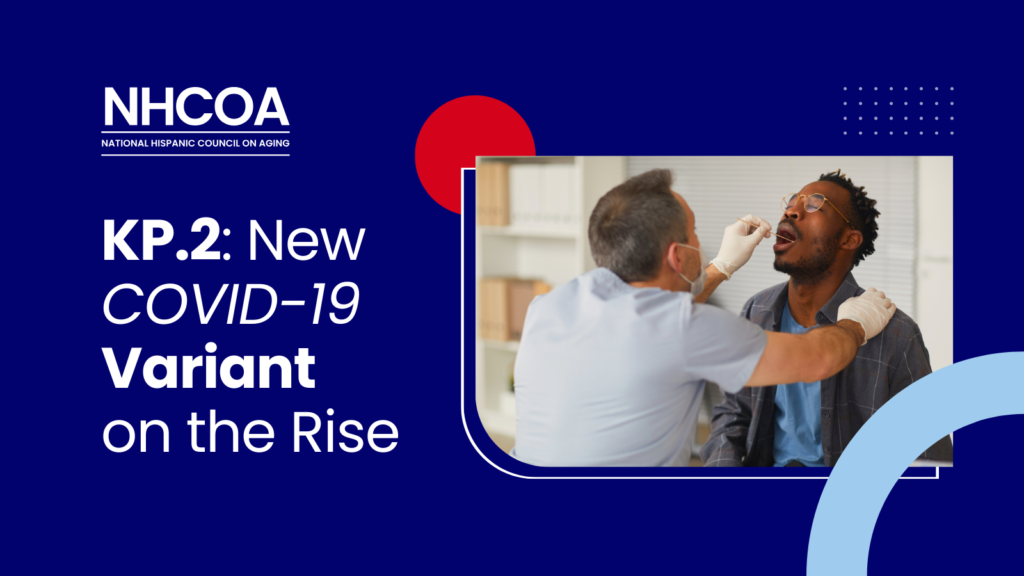
Since April, we have seen more and more news about a new COVID-19 variant known as KP.2, from the group of variants that the CDC has deemed “FLiRT.” It’s always a good idea to stay aware and cautious about new variants that are showing increased activity and transmissibility, but we should still be mindful of what is known and what is still speculation.
As stated, KP.2 is a member of the variant group known as “FLiRT,” and is also a descendent of the JN.1 variant, which descended from the Omicron variant. So far, there have been several preliminary studies on KP.2, its transmissibility, its immune evasion, and the severity of its illness, but these findings have yet to be peer-reviewed and confirmed with larger demographics. What is known, is that KP.2 bares a strong resemblance to its predecessor, the JN.1 variant, which we now know a great deal about since its initial spread across the country earlier this year.
JN.1 has shown to be more transmissible than previous variants, with a higher chance of immune evasion. This means that it has a higher chance of evading the antibodies that individuals have developed since either contracting COVID-19 or since receiving vaccinations. This does not mean that our antibodies are ineffective. Immunity gained from contracting previous variants or from vaccinations is proven to still provide protection against JN.1, but compared to previous variants JN.1 has a higher chance of making it past that protection. While it may have a higher rate of transmissibility, JN.1 does not appear to be any more severe in its illness than previous variants.
Thus far KP.2 has shown similar mutations that are responsible for immune evasion, like that of JN.1. Given KP.2’s similar make-up to JN.1, experts believe that our capacity to neutralize JN.1 will also be similar to KP.2. Antibodies gained from previous exposure or vaccination will still be able to recognize the KP.2 variant, likely to the same degree we have seen thus far with JN.1. Individuals who contracted the JN.1 variant are also more likely to have antibodies that efficiently protect against KP.2.
Currently, KP.2 is projected to account for around 30% of new COVID-19 cases in the United States, marking a steady rise since its discovery in April. As such, it is recommended that we take the same precautions as normally advised when cases are on the rise:
- Social distance, when possible
- Wash hands regularly
- Wear a mask in closed or poorly ventilated spaces
Additionally, the Advisory Committee on Immunization Practices has recommended that older adults, 65 years and older, receive an updated COVID-19 vaccine in the spring of 2024.
And if symptoms arise, or if exposed to someone with COVID-19, individuals must remember to seek testing. If you are sick or receive a positive test result, be sure to follow CDC guidelines and isolate until your symptoms are gone, and you have gone 24 hours without a fever.
References:
“COVID-19 Variant Update,” Diagnostics. COVID-19 Real-Time Learning Network. https://www.idsociety.org/covid-19-real-time-learning-network/diagnostics/covid-19-variant-update/#/+/0/publishedDate_na_dt/desc/
“Summary of Variant Surveillance,” COVID Data Tracker. Centers for Disease Control and Prevention. https://covid.cdc.gov/covid-data-tracker/#variant-summary

Recent Comments